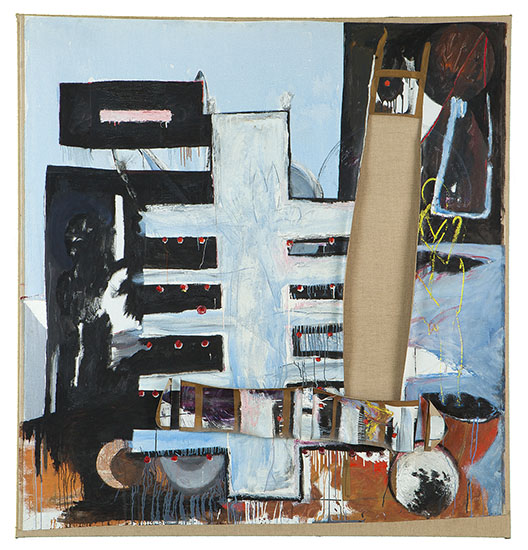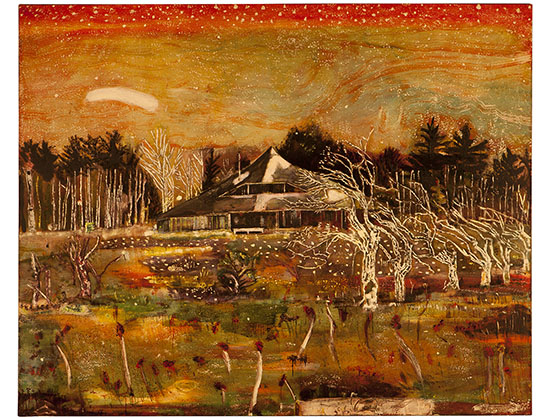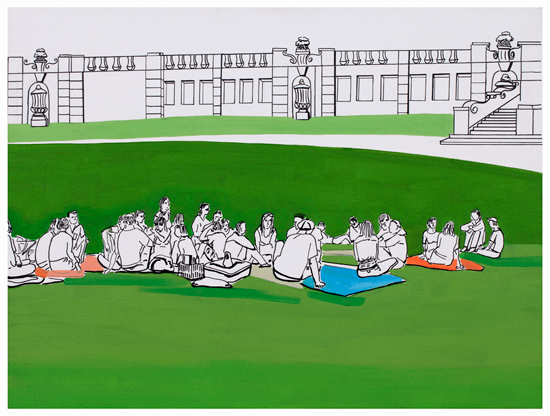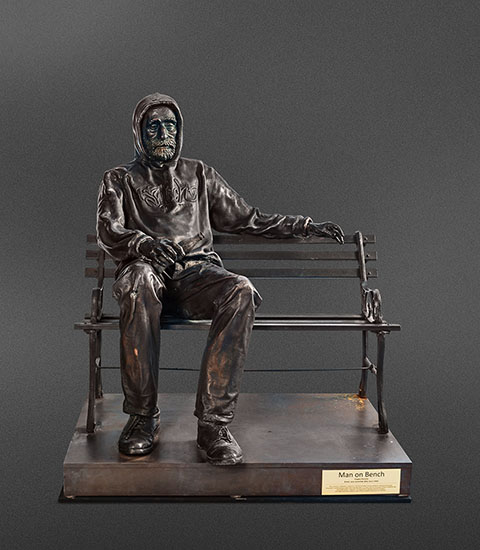While Europe is experiencing one of the most delicate moments in its recent history, the most important European art collection celebrates 40 years. A unique scenario with iconic works, from the 80s to the present day. We are talking about the European Parliament art collection, which tells the most significant events of the EU through almost 400 artworks.
Simone Veil and the European Parliament Art collection
The collection was born in the early 1980s. The initiator was Simone Veil, one of the most iconic female patrons in the world of contemporary art. Veil was the first directly elected President of Parliament. Also, she was the first woman to hold this role. Before gaining the presidency, she had some dramatic episodes because of the horrors of the war. She was deported to the Nazi concentration camps of Auschwitz-Birkenau in 1944.

It was under the presidency of Simone Veil that the European Parliament began to create a collection of artistic works that brought together creations from each of the 10 countries that at the time formed the European Economic Community. By favoring works and artists of a certain prestige, the collection was becoming one of the richest of modern times.

In over forty years, art experts from each country in the European Union have contributed to the acquisitions. The collection, in particular, brings together 387 works of modern and contemporary art. Among others, it is possible to admire the works of Peter Doig, Imi Knoebel, Valerio Adami, and Mimmo Paladino.
European Community Art Collection
In times when the borders of the European Community become more blurred and precarious, the collection has a renewed importance. First of all, it is a mirror of the community’s cultural image, and above all, it promotes artistic creation in the EU Member States.

What is next for the most remarkable art collection in Europe? For acquisitions, surely there will be an expansion in the number of works. The main objective announced is to strengthen the representation of female artists. On the other hand, there is also the desire to give space to the new artistic languages of contemporary art. These include photography, installation art, and graphic arts.

Today, going through the works, we come across Juan Barjola’s tormented and inimitable expressionism. We admire the works of important sculptors, such as Martín Chirino, Rui Chafes or Jens Galschiot. We discover the rural landscape of various Irish artists, such as Martin Gale.
The European Parliament’s art collection celebrates an important birthday, but each premise reveals that it will continue to gain importance, confirming itself as one of the most important art collections in the world.